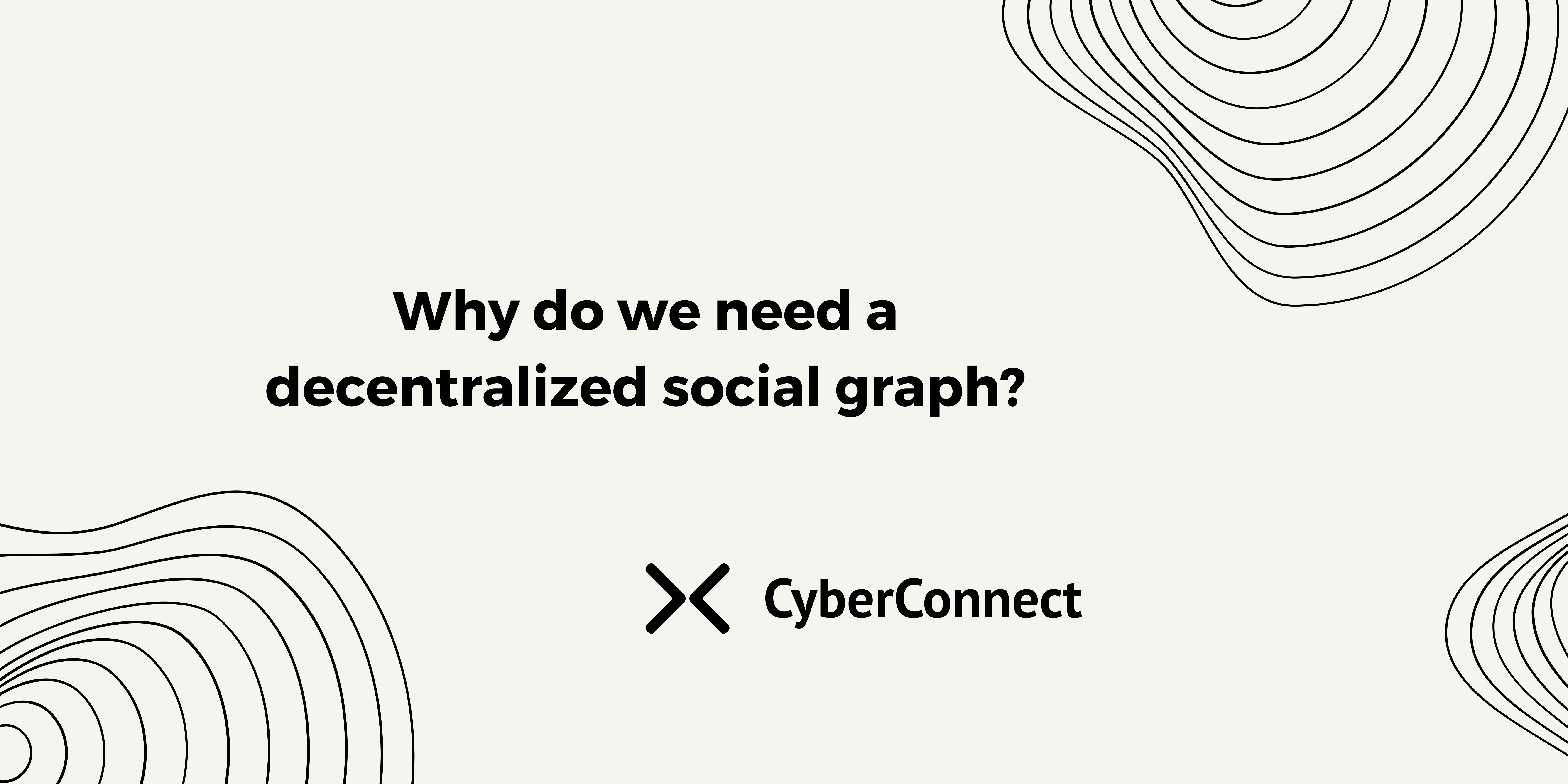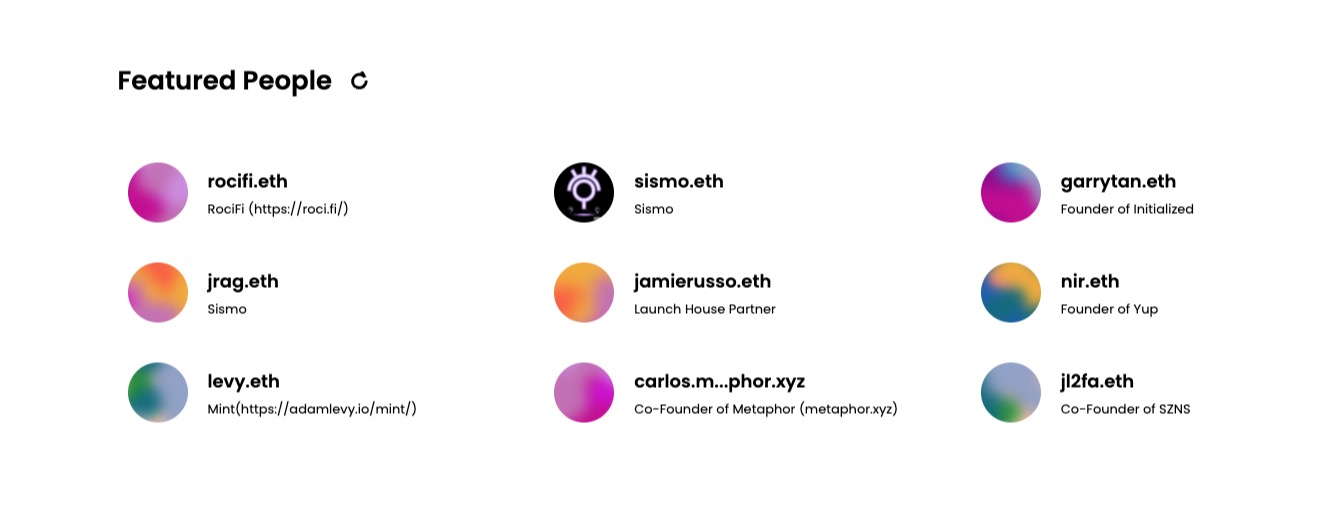Multicoin Capital leads the investment, "CyberConnect" is building a decentralized social graph for Web3 residents

When we use a centralized social media platform for the first time, there are usually the following steps when registering: follow the list of celebrities, topics of interest, and sync phone contacts or Facebook to find friends you may know, etc. In a process we call “training the app,” general recommendation algorithms also develop a personalized experience for us based on our footprints and data.
These address books and follower lists record and map a person's social relationship, which we call "social graph". When we allow these platforms to access our personal data, they are also collecting and storing this data and using it to generate advertising revenue. For these social media platforms with ad-driven business models, our personal data has become their most valuable asset.
After entering the Web3 era, we also need a "social graph" to "quick launch" a new product, but these data are owned by the user personally, rather than being controlled by the social media platform. The CyberConnect introduced by Odaily today provides this decentralized solution.
CyberConnectA decentralized social graph protocol is being built to serve Web3 social networks, games, and metaverses, while returning ownership and utility of social graph data to users and providing infrastructure for Web3 developers to integrate and build upon.
On November 17th, CyberConnect completed a $10 million seed round of financing through equity and SAFT (Simple Agreement for Future Tokens), co-led by Multicoin Capital and Sky9 Capital, with Animoca Brands, DraperDragon, Hashed, Zoo Capital, Smrti Lab, and Mask Network among others Participate in voting.
CyberConnect founder Wilson Wei said the social graph is one of the most difficult aspects of developing Web3 applications. For users, the cost of switching to a new platform is always high, re-registering an account, and re-following their friends. What is even more troublesome is for developers. For various dApps, developers need to rebuild a new social graph every time, which wastes time, money and other resources.
CyberConnect's solution is to build a scalable and standardized social graph module, which simplifies the development process. Developers can port the social graph module to new applications through simple code, thus saving the cost of rebuilding the social graph every time a new application is launched, and reducing the difficulty. For end users, they are able to own their social graph data and bring that data into new applications.This social graph data becomes a user's personal portable asset that can be taken away in a package, breaking down barriers between platforms and communities.And users can truly own their personal data, deciding what goes in the safe and what goes on display.
An early priority for CyberConnect is to provide a social graph module for Web3 applications. Connecting addresses is the first step in building a comprehensive decentralized social graph. But addresses only contain on-chain assets, which are only part of a full identity. A user may have multiple addresses on different blockchains, social profiles, and off-chain data scattered across different applications. Connected identity is the long-term vision of CyberConnect, and CyberConnect will adopt decentralized identity more widely.
Based on the connection data on CyberConnect, CyberConnect has developed a messaging product that allows users to send messages directly to ENS/Ethereum addresses. CyberConnect is also actively working with several partners to expand CyberConnect's use cases.
 Currently, CyberConnect is working on inviting integration and expansion of Web3 social network and metaverse projects, partners include zkLink, Treasureland, TheConvoSpace, POAP, Unlock, Project Galaxy, Roci Finance, Huddln, etc. As an infrastructure, CyberConnect supports multiple blockchains and allows dApps to access and use social graph data provided by users themselves. Any Web3 application with following function can easily integrate CyberConnect, and no need to maintain social graph database by itself.
Currently, CyberConnect is working on inviting integration and expansion of Web3 social network and metaverse projects, partners include zkLink, Treasureland, TheConvoSpace, POAP, Unlock, Project Galaxy, Roci Finance, Huddln, etc. As an infrastructure, CyberConnect supports multiple blockchains and allows dApps to access and use social graph data provided by users themselves. Any Web3 application with following function can easily integrate CyberConnect, and no need to maintain social graph database by itself.
CyberConnect's social graph data storage uses IPFS and Ceramic, and the CyberConnect gateway provides a common data layer for DApps. CyberConnect has also developed an app called CyberChat to demonstrate how social graph data can be leveraged.
Letting users actually own their social graph and be able to bring and switch it into various applications is one of the core public services that Web3 can provide. Do you feel that Web3 is one step closer to us?



